Overview of Cantabon Cave
Cantabon Cave is a natural marvel located in Barangay Cantabon, at the center of Siquijor Island. It is a popular tourist destination and a significant part of Siquijor tourism. The cave is approximately 800 meters long and features stunning rock formations and underground streams.
Table of Contents
Accessing Cantabon Cave is relatively easy. Visitors can take local transportation like tricycles or scooters to reach the cave. The cave is located in the central part of Siquijor Island, and if you are in San Juan, which is the main tourist strip in Siquijor, it should take around 30 minutes of cruising along the lush jungle and small villages.
Cantabon Cave is a center of attraction for tourists visiting Siquijor. It is an excellent place for adventurers who love caving and exploring underground streams. The cave is also home to various species of bats, crabs, and other wildlife.
In summary, Cantabon Cave is a must-visit destination for anyone visiting Siquijor Island. It is accessible, significant, and a natural marvel that offers an unforgettable experience.
Caving Experience
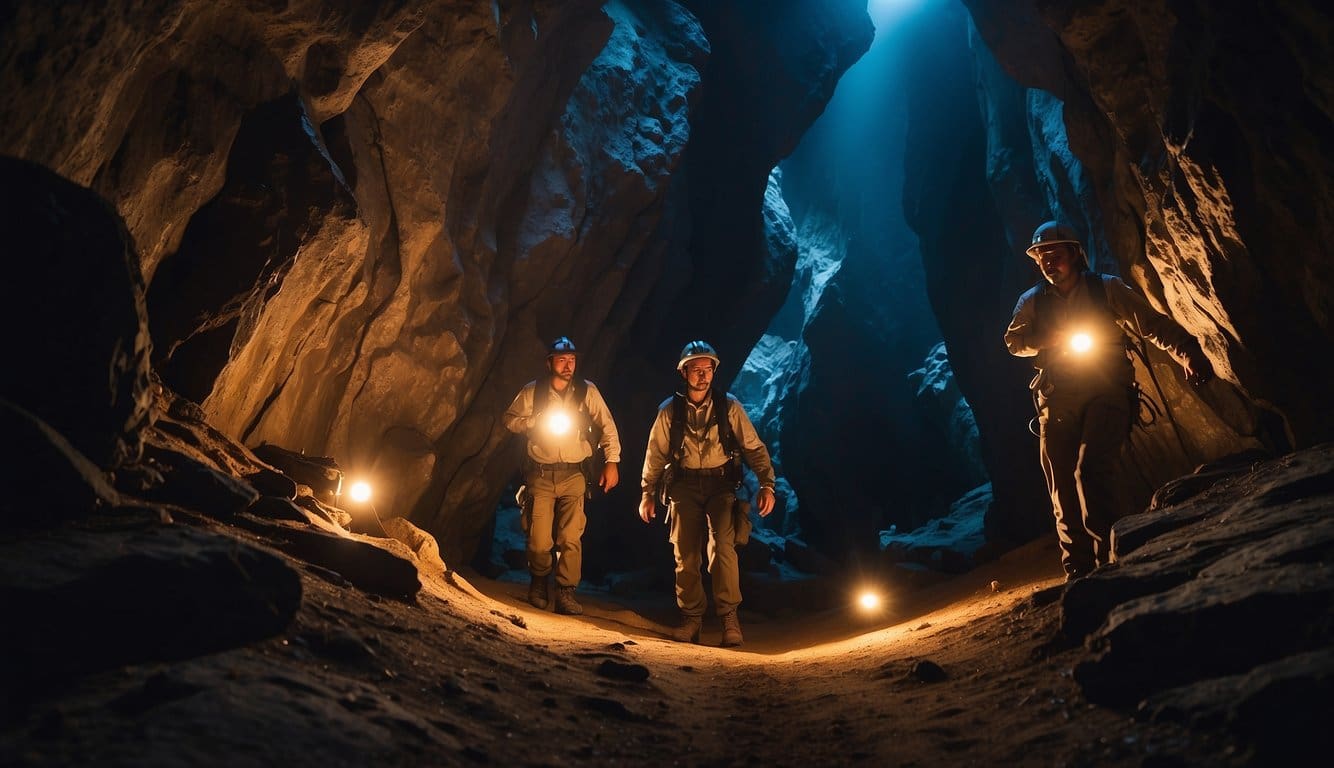
We had an incredible caving adventure at Cantabon Cave in Siquijor. The cave is pitch-black, so we had to rely on our flashlights to navigate through the winding passages. The adventure lasted around 2-3 hours, and we were able to see an impressive group of stalactites and white rocks along the way.
Before embarking on the adventure, we made sure to prepare all necessary equipment. We wore helmets to protect our heads from bumps and carried flashlights to light the way. We also wore appropriate footwear to ensure we had a good grip on the slippery rocks.
Safety was our top priority during the caving experience. We followed strict guidelines and precautions set by the cave’s management to ensure our safety and the preservation of the cave’s natural beauty. We made sure to stay on the designated paths and never touched or disturbed the cave’s formations.
At the end of the caving adventure, we were rewarded with a breathtaking view of Cantabon Cave’s End. It was truly an unforgettable experience that we highly recommend to anyone visiting Siquijor.
Cave Features and Attractions
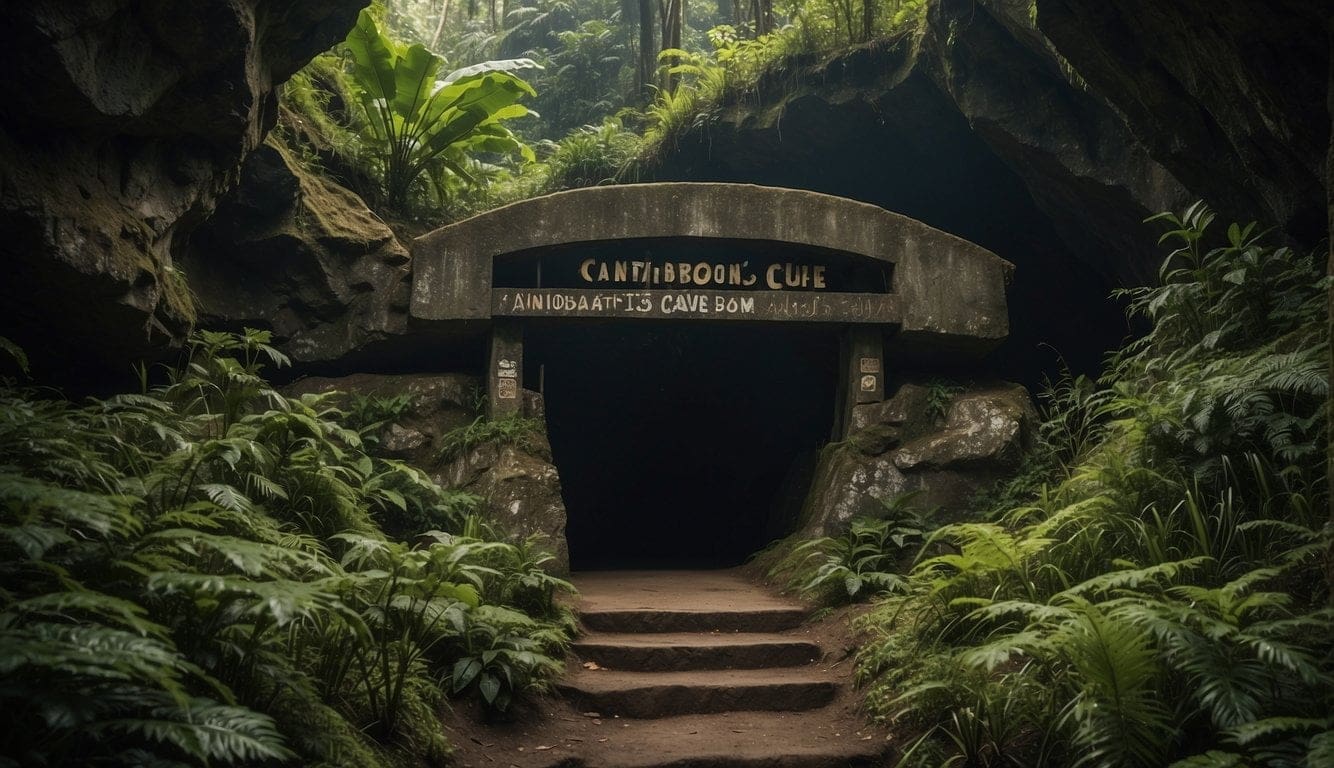
Cantabon Cave is a natural marvel that offers a unique experience for adventure enthusiasts. The cave boasts an impressive group of stalactites and stalagmites, which are formed over millions of years. These mineral formations are a sight to behold and are sure to leave visitors in awe.
One of the most striking features of Cantabon Cave is the white rocks that line the cave walls. These rocks reflect the light and create a beautiful glow within the cave. Visitors can also witness the Shower Bell, a formation that drips water from the ceiling and creates a beautiful sound.
When visiting Cantabon Cave, it is important to prioritize cave safety. The cave can be slippery and dangerous, especially during wet and rainy seasons. Visitors are advised to wear proper gear, including helmets and sturdy shoes, and to follow the instructions of their local guide.
In the event of any mishap, there are available legal remedies that visitors can take. However, it is always better to take preventive measures and prioritize safety to avoid any unfortunate incidents.
Overall, Cantabon Cave is an impressive natural attraction that is sure to leave visitors in awe. The unique mineral formations, white rocks, and Shower Bell are just some of the many features that make this cave a must-visit destination.
Geological Features
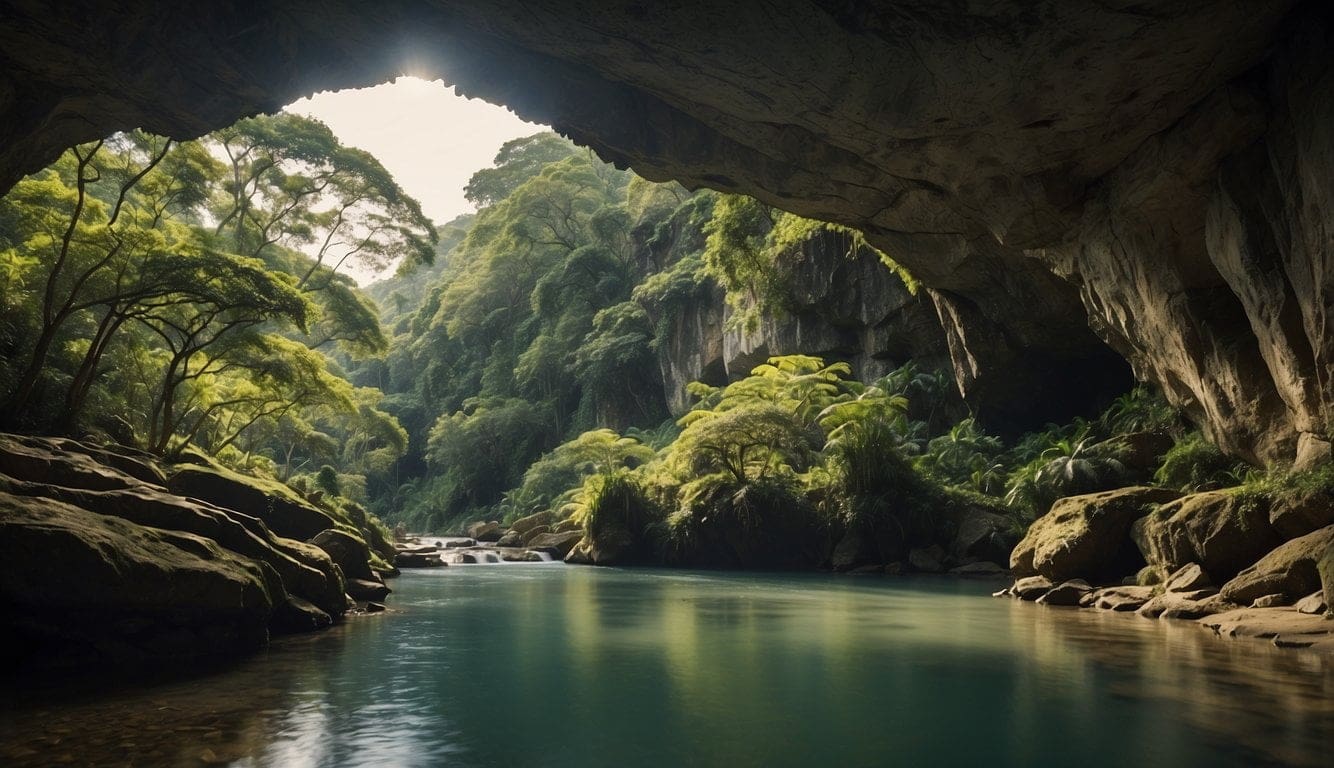
Cantabon Cave is a natural marvel that has been formed over millions of years. The cave is a result of the dissolution of limestone by acidic groundwater. The formation and structure of the cave are unique and fascinating, making it a popular tourist attraction.
Inside the cave, visitors can see various rock formations, stalactites, and stalagmites. The smallest stalactites and stalagmites look like human fingers, while the biggest ones are the size of a human body. The cave’s natural beauty is awe-inspiring, and visitors are often left speechless by the intricate formations.
One of the most impressive features of Cantabon Cave is the presence of underground water sources. Featuring an underground river, the cave has an astonishing sight of white rocks, flowstones, columns, stalactites, and stalagmites reflecting through the water. The presence of water has also contributed to the formation of unique rock formations inside the cave.
The cave is protected by law, and as it is an important source of income for the locals, it is protected very seriously. Visitors are required to pay an entrance fee, and tour guides accompany them inside the cave. The guides are knowledgeable about the cave’s history and geological features, making the tour informative and educational.
Overall, Cantabon Cave is a must-visit destination for anyone who loves nature and adventure. Its unique geological features and natural beauty make it a popular tourist attraction in the Philippines.
Tourist Information
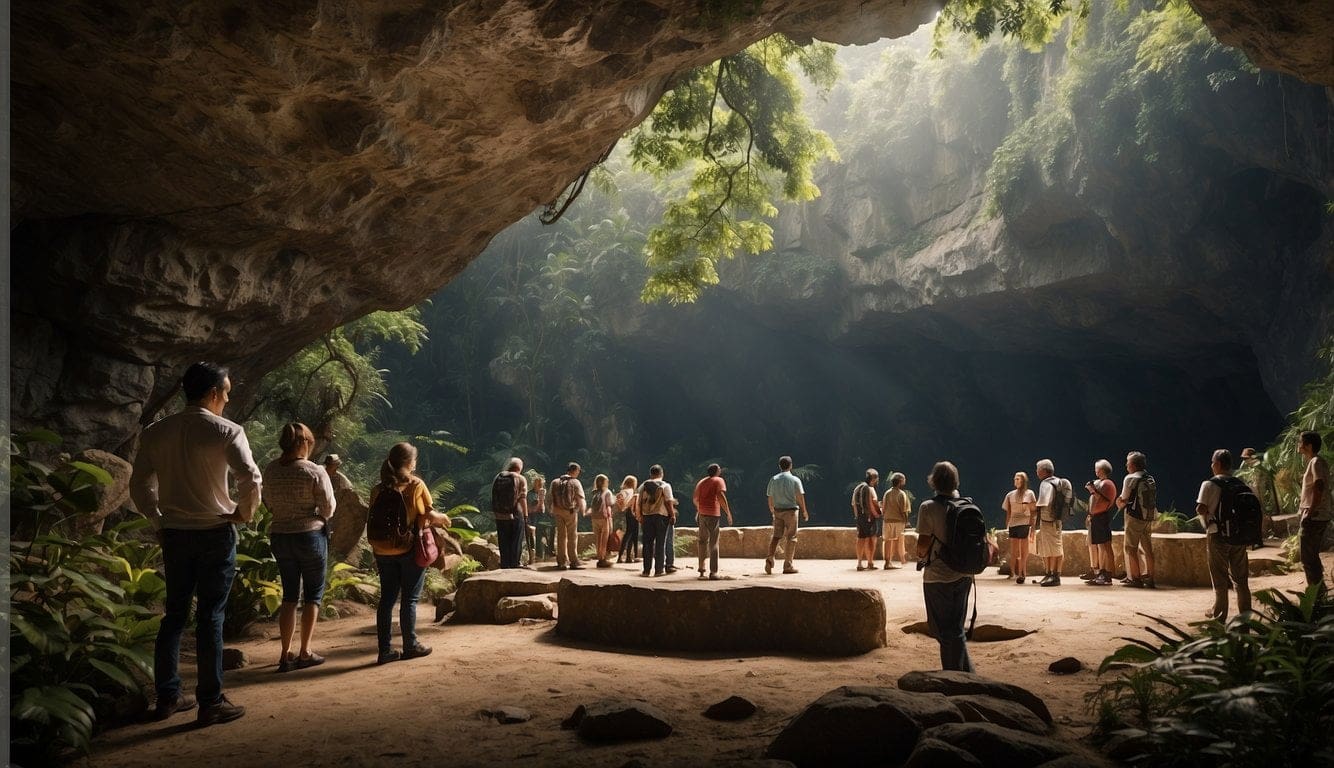
When planning a visit to Cantabon Cave, there are a few key pieces of information that visitors should keep in mind. Here, we’ve compiled some of the most important details to help you make the most of your trip.
Firstly, it’s important to note that visitors must pay an entrance fee to access the cave. This fee is used to help maintain the cave and ensure that it remains a safe and enjoyable destination for all. Additionally, visitors are required to hire a local guide to accompany them on their tour of the cave. These guides are knowledgeable about the cave’s history and geography and can help ensure that visitors have a safe and enjoyable experience.
When planning a visit to Cantabon Cave, it’s important to consider the best time to visit. The cave is open year-round, but visitors should be aware that the cave can be quite dark and slippery, so it’s best to avoid visiting during periods of heavy rain or inclement weather.
For those looking to extend their stay in the area, there are a number of nearby attractions and accommodations to choose from. Visitors can explore the nearby town of Siquijor or take a dip in the crystal-clear waters of the island’s beaches. There are also a number of hotels and guesthouses in the area that cater to a range of budgets and preferences.
Overall, a visit to Cantabon Cave is a must for anyone looking to explore the natural wonders of the Philippines. With its stunning rock formations and unique geography, the cave offers a one-of-a-kind experience that is sure to leave visitors in awe.
Planning Your Visit
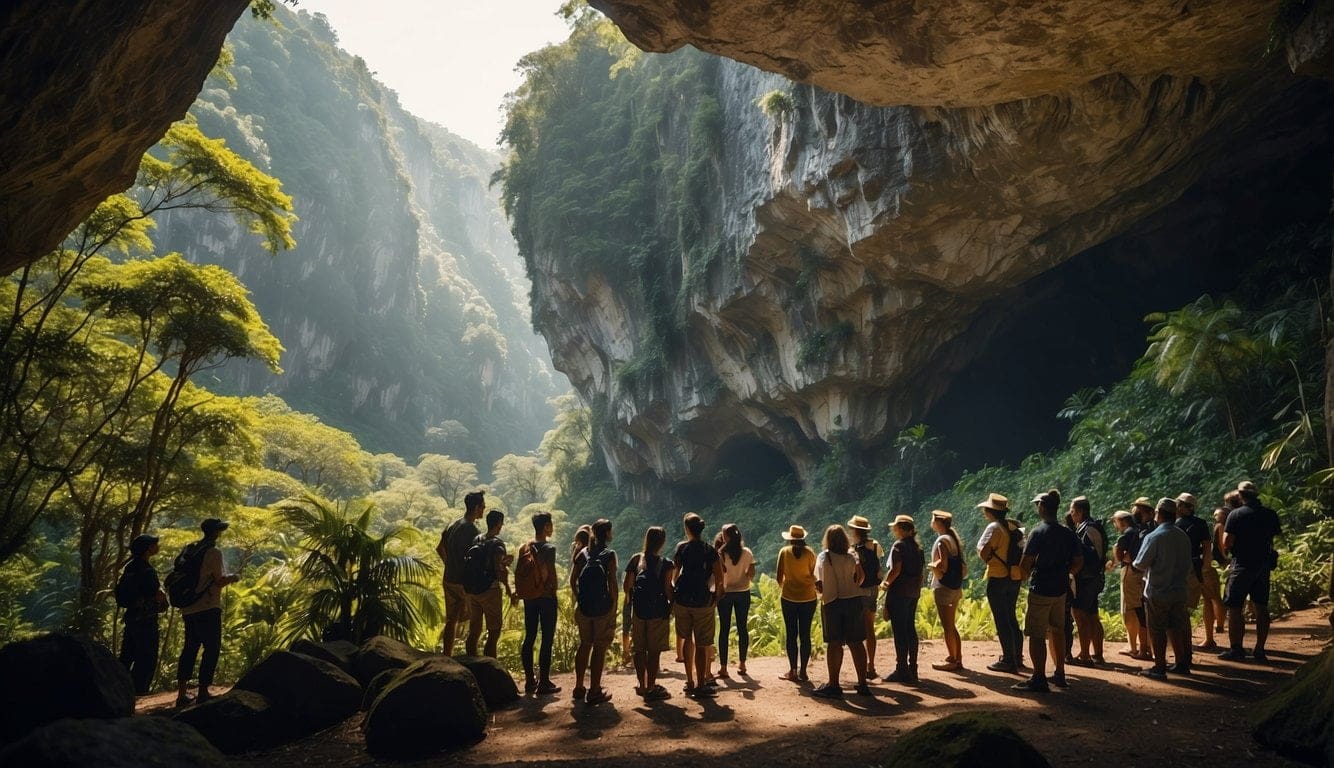
When planning your visit to Cantabon Cave, there are a few things to consider to ensure a smooth and enjoyable experience.
Entrance and Guide Fees
Upon arrival at the site, visitors are required to pay an entrance fee. The fee is affordable and reasonable for both local and foreign tourists. In addition to the entrance fee, visitors must also hire a local guide to ensure their safety and to provide informative details about the cave. It is important to note that the guide fee is separate from the entrance fee.
Best Time to Visit
The best time to visit Cantabon Cave is during the dry season, which runs from November to May. During this period, the weather is generally favorable, and the cave conditions are optimal for exploration. However, visitors should also bear in mind that the cave can be slippery, so it is essential to wear appropriate footwear.
Travel Time
The cave is located in Barangay Cantabon, Siquijor Town, and can be reached by private or public transportation. Travel time varies depending on the mode of transportation and the starting point. For those coming from Dumaguete, it takes approximately 45 minutes to an hour to reach the town of Siquijor, and another 30 minutes to reach Cantabon Cave. Visitors should plan their travel time accordingly to ensure they have enough time to explore the cave.
Sightseeing Time
Exploring Cantabon Cave takes approximately two to three hours, depending on the pace of the group and the number of stops made. Visitors should allocate enough time for sightseeing and taking photos. Additionally, visitors should be aware of their physical capabilities as the cave trail can be challenging and requires some level of physical fitness.
Rainy Seasons
It is not advisable to visit Cantabon Cave during the rainy season, which runs from June to October. The cave can be flooded during this time, making it dangerous and inaccessible. Visitors should plan their visit during the dry season to ensure a safe and enjoyable experience.
Overall, planning your visit to Cantabon Cave requires careful consideration of the entrance and guide fees, the best time to visit, travel time, sightseeing time, and avoiding the rainy season. By following these tips, visitors can ensure a memorable and safe experience exploring this unique Siquijor tourist attraction.
Photography and Personal Experiences
When it comes to photography in Cantabon Cave, it is important to keep in mind that the lighting conditions can be challenging. The cave is dark, and the only light source comes from the headlamps provided by the guides. Therefore, it is recommended to bring a camera that performs well in low-light conditions. Additionally, it is advisable to bring a tripod to ensure sharp images.
While taking photos, we also recommend being mindful of the environment and not disturbing any of the cave’s natural features. It is important to respect the cave’s delicate ecosystem and not touch or move any of the stalactites, stalagmites, or other formations.
Visitors have left positive reviews of Cantabon Cave, with many recommending it as a must-visit destination in Siquijor. The cave’s unique features and challenging terrain make it an exciting and memorable experience for many. Visitors have also praised the guides for their expertise and professionalism, helping visitors navigate the cave safely.
Our personal experience in Cantabon Cave was unforgettable. The cave’s beauty and complexity were awe-inspiring, and the challenge of navigating through its narrow passages and slippery rocks made it an exciting adventure. We highly recommend Cantabon Cave to anyone looking for a unique and thrilling experience in Siquijor.
Conservation and Sustainability
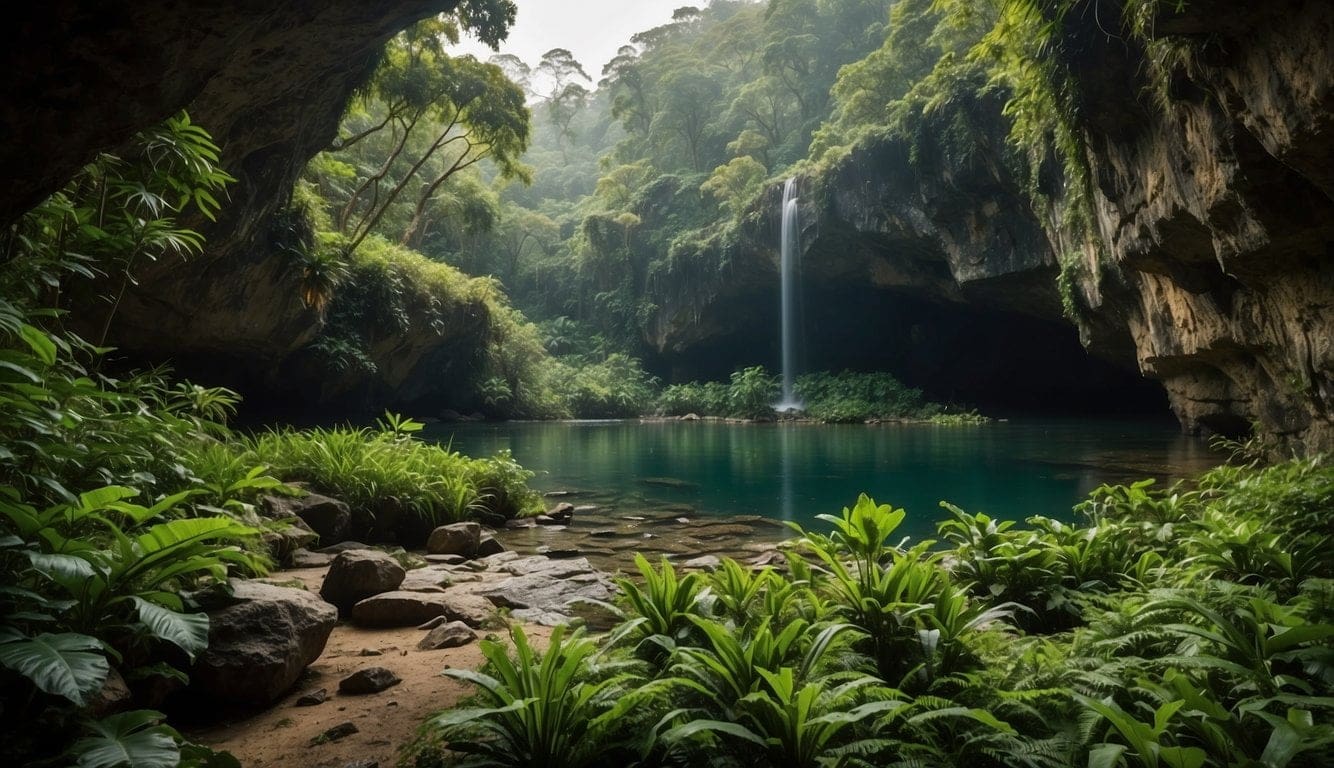
As responsible travelers, we must always consider the environmental impact of our actions. Cantabon Cave is no exception, and we must take measures to ensure its conservation and sustainability.
Sustainable tourism practices are in place to minimize the negative impact of tourism on the environment. Visitors must follow these practices to preserve the natural beauty of the cave. For instance, we must not litter or damage any rock formations.
During the rainy season, it is important to avoid visiting the cave to prevent soil erosion and flooding. This will help preserve the cave’s ecosystem and prevent any damage to the surrounding areas.
In case of any violations, legal remedies are available to ensure that the cave is protected. We must report any illegal activities, such as vandalism or littering, to the authorities.
Cave safety and preservation is of utmost importance. Visitors must follow the guidelines set by the local authorities to ensure their safety and the conservation of the cave. We must respect the cave’s ecosystem and not disturb any flora and fauna.
In conclusion, we must take responsibility for our actions and ensure that we practice sustainable tourism to preserve the natural beauty of Cantabon Cave. By following the guidelines set by the authorities, we can help protect the cave’s ecosystem and ensure its sustainability for future generations.
Local Economy and Community Involvement
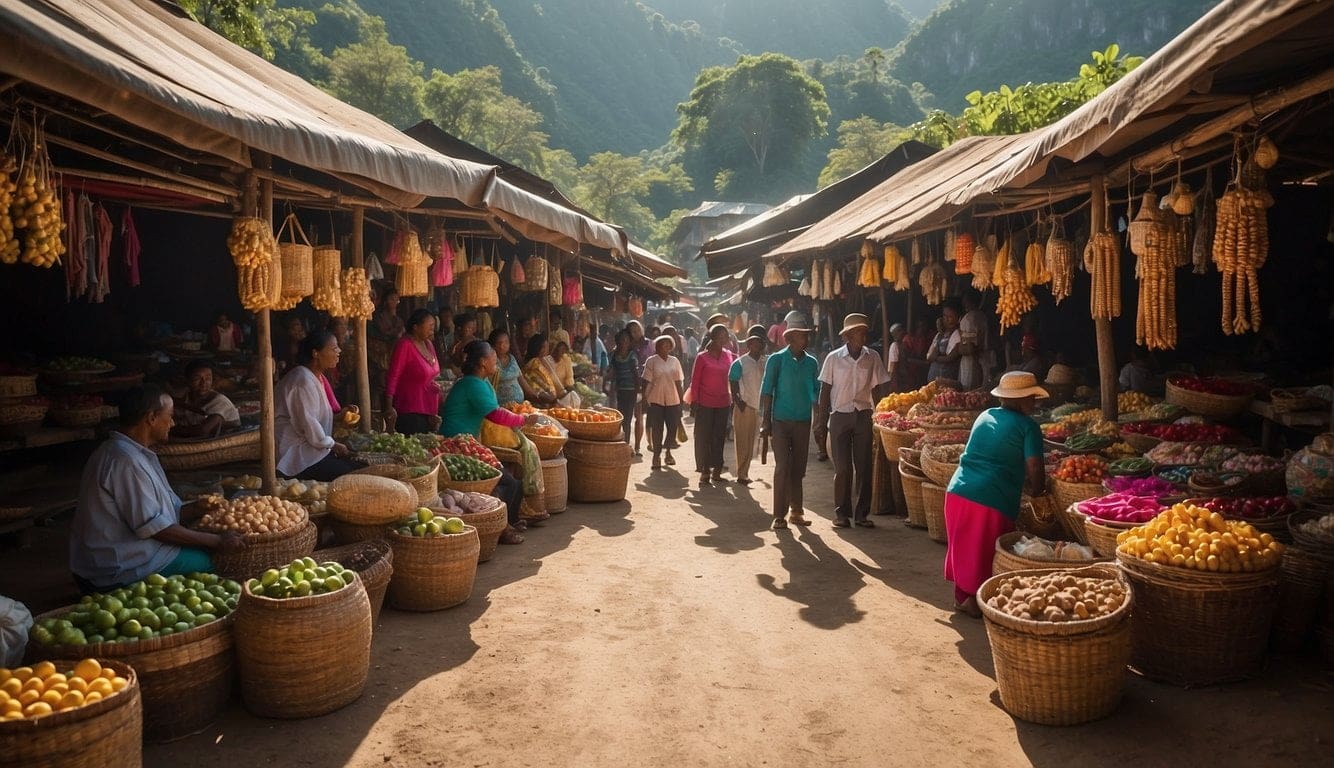
We believe that local communities play a crucial role in tourism. They are the ones who know the area best and can offer unique insights into the local culture and history. That’s why we always try to involve the community in our tourism activities.
Cantabon Cave is a great example of how tourism can benefit the local economy. The site operator employs local guides and staff, which provides jobs and income for the region. In addition, the entrance fee helps to maintain the cave and its surroundings, ensuring that it remains a sustainable and attractive destination for visitors.
When you visit Cantabon Cave, you’ll notice that the tour guides are very knowledgeable and friendly. They are proud of their heritage and eager to share it with visitors. They will take you through the cave, pointing out interesting formations and telling you stories about the cave’s history and significance.
We recommend that you hire a local guide when visiting Cantabon Cave. Not only will they provide you with an authentic experience, but you’ll also be supporting the local economy. You can find guides in nearby towns like San Juan or Siquijor town.
Overall, we believe that Cantabon Cave is a great example of how tourism can benefit local communities. By involving the community in our tourism activities, we can create a sustainable and mutually beneficial relationship that benefits everyone involved.
Nearby Attractions and Other Caves

As we explore the Cantabon Cave, it’s worth mentioning that there are other attractions in the area that are worth visiting. Paliton Beach is a beautiful spot with crystal-clear waters and white sand. It’s a great place to relax and unwind after a day of exploring caves. Coco Grove Beach Resort is another popular tourist spot in the area, offering a range of amenities and activities.
For those interested in exploring other caves in the region, we recommend checking out Dacanay Cave and Tagmanocan Cave. Both are located within a short distance of Cantabon Cave and offer unique experiences. Dacanay Cave is known for its stunning rock formations and underground river, while Tagmanocan Cave is home to a large bat colony and unique rock formations.
If you’re looking for something to do in the center of the island, we suggest visiting the Siquijor Church and Convent. This historic site dates back to the 1800s and features beautiful architecture and religious artifacts. Additionally, the very end of the island is home to a lighthouse that offers stunning views of the surrounding area.
Overall, there are plenty of attractions to explore in the area surrounding Cantabon Cave. Whether you’re interested in exploring other caves, relaxing on the beach, or learning about the island’s history, there’s something for everyone.
Frequently Asked Questions
How do you get to Cantabon Cave?
Cantabon Cave is located in the Barangay of Cantabon in Siquijor Island, Philippines. The cave is situated at the mountainous side of Mt. Bandila-an, roughly in the center of the island. Visitors can get to the cave by hiring a motorbike or tricycle from the town center.
What are the fees for visiting Cantabon Cave?
Visitors are required to pay an entrance fee of PHP 50 per person. Additionally, visitors are required to hire a local guide for PHP 500 to ensure safety and to have a better experience inside the cave.
What are the best times to visit Cantabon Cave?
The best time to visit Cantabon Cave is during the dry season, which is from November to May. During this season, the cave is less likely to be flooded, and the weather is generally more favorable for exploration.
What are the main features of Cantabon Cave?
Cantabon Cave is an 800-meter-long cave that features a variety of rock formations, including stalactites and stalagmites. The cave also contains underground streams and pools, which add to the unique experience of exploring the cave.
Have there been any fatalities reported in Cantabon Cave?
There have been no reported fatalities in Cantabon Cave. However, visitors are advised to take caution and follow safety guidelines to avoid accidents.
What unique attractions does Cantabon Cave offer to visitors?
Cantabon Cave offers visitors a unique opportunity to explore an underground world filled with natural wonders. Visitors can witness the beauty of the cave’s rock formations, underground streams, and pools. The cave also offers a challenging adventure for those who are up for it.
How can photographers capture the best shots inside Cantabon Cave?
Photographers can capture the best shots inside Cantabon Cave by using a tripod, a wide-angle lens, and a high ISO setting on their camera. It is also recommended to bring a flashlight to illuminate the cave’s features.
What are the safety measures and necessary preparations for Cantabon Cave exploration?
Visitors are advised to wear appropriate clothing and footwear, such as long pants and rubber shoes. It is also recommended to bring a change of clothes and a towel, as visitors are likely to get wet while exploring the cave. Visitors should also bring a flashlight and a first aid kit. It is also important to follow safety guidelines and instructions given by the local guide.
Are there guided tours available in Cantabon Cave?
Yes, guided tours are available in Cantabon Cave. Visitors are required to hire a local guide for PHP 500 to ensure safety and to have a better experience inside the cave. The local guides are knowledgeable about the cave’s features and can provide valuable insights during the exploration.
